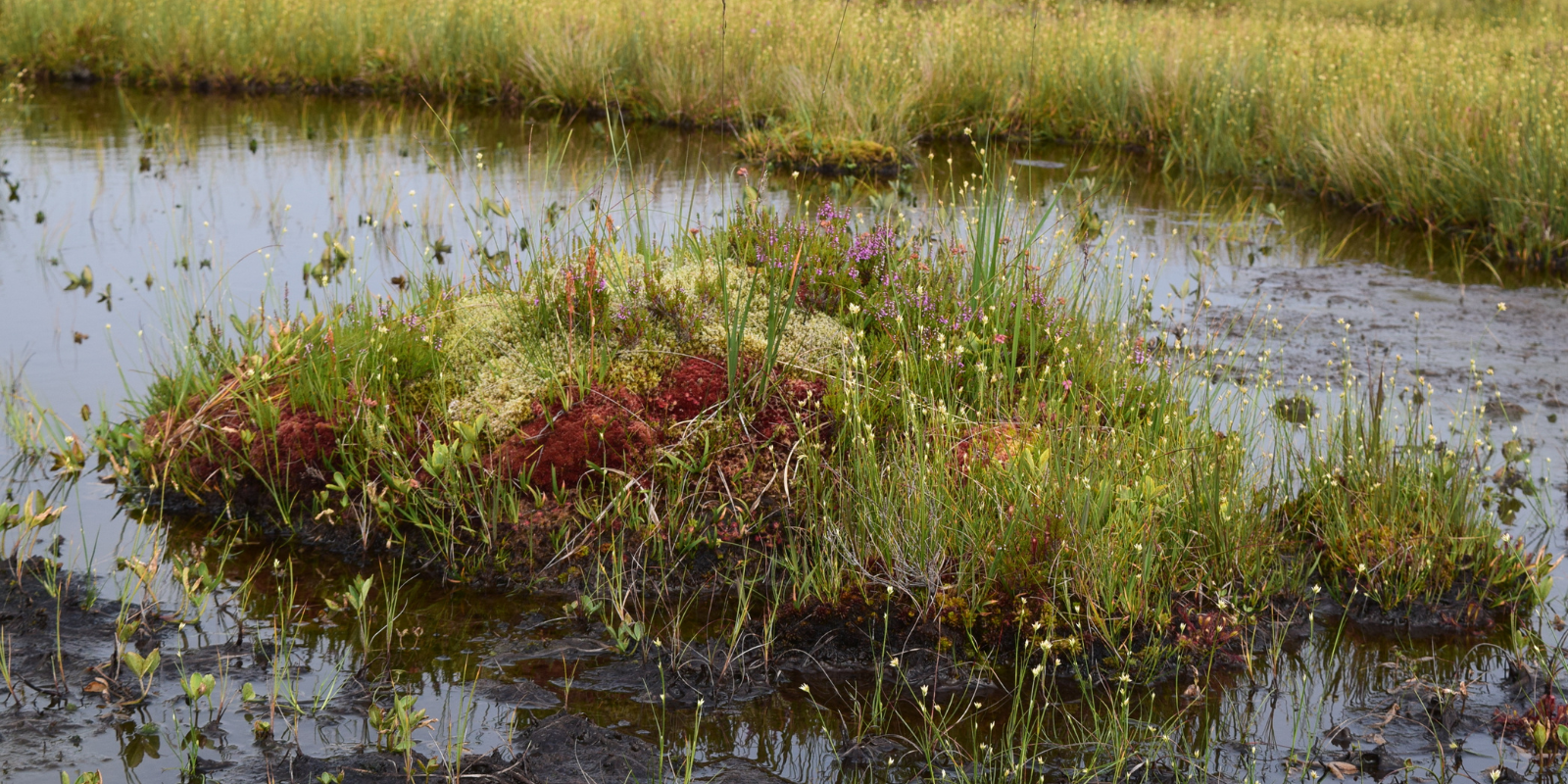Many peatlands in the UK are designated as protected sites because of their national and international importance for biodiversity, but sadly, in many cases, the condition of these peatland sites is poor.
Returning peatland ecosystems to good health is vital in our fight against both the climate crisis and extreme biodiversity loss. Peatlands are essential to certain parts of the lifecycles of many birds and mammals, such as during migration or the breeding season. When peatlands are degraded, these vital habitats and their biodiversity are lost, just adding to the wider loss of biodiversity which is occurring across the world at an unprecedented rate.
The cycle of peatland life
Why is peatland biodiversity so special? The naturally acidic conditions of peatlands result in certain specialised species thriving where most other species would struggle. Healthy peatlands are covered with a carpet of sphagnum moss, which is not only vital to the water and carbon storage qualities of peatland, but also provides a foundation for the growth of plants only found in peatland habitats, such as cranberry, bog rosemary and the carnivorous sundew.
These plants and mosses provide food, shelter and hydration to specific species of butterflies and moths, as well as dragonflies and other specialist invertebrates. The combination of mosses, plants and invertebrates provides habitat and food for many mammals, birds such as snipe, skylark and meadow pipit, amphibians like frogs, toads and newts, and reptiles including adders and lizards. These small animals in turn provide food for raptors such as the hen harrier.
Specialist species loss
All this wonderful biodiversity can be lost when peatlands are in poor condition. Where peatlands have been drained, the specialist mosses and vegetation are replaced by more generalised grasses and heather species, reducing the habitat and food for the specialist invertebrates.
When peatlands are dried out, bog pools are lost, meaning a loss of habitat for the aquatic invertebrates and amphibians that rely on them. This leads to a reduction in the number of specialised birds, mammals and reptiles present, diminishing the overall biodiversity of the peatland habitat.
Healthy peatlands for the future
If the peatland habitat is repaired, the specialist species can return and the rich peatland biodiversity can be restored, actively establishing sanctuaries that are abundant in wildlife and biodiversity. Here at The Future Forest Company, we are passionate about the vital task of restoring degraded peatland, as a crucial part of our efforts to combat climate change.
Contact us today!
If you are a landowner with degraded peatland, you are in a unique position to help us reverse this damage. We will collaborate with you to repair your peatland for huge climate and biodiversity benefits, whilst also unlocking the economic potential of the restoration for you, offering certified UK Peatland Carbon Code units that are of high quality, traceable, authentic, and legally recognized. Get started today!
